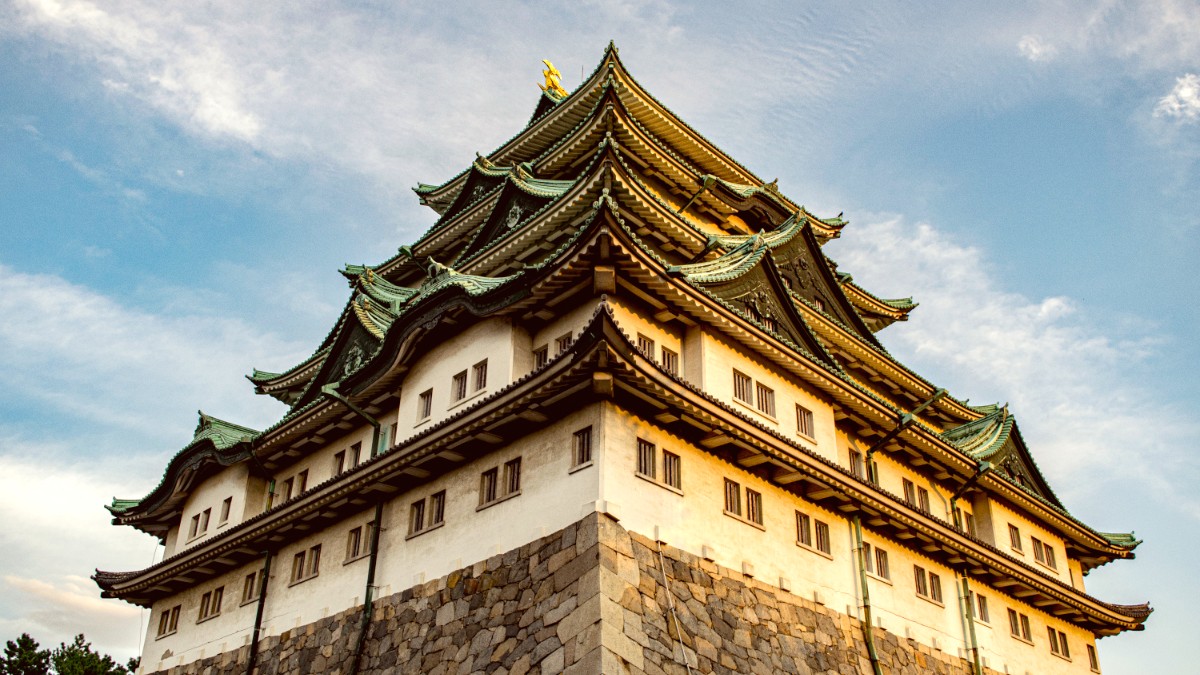
Central Honshu, Japan
Nagoya's public transit network operates cleanly, punctually, and easily for users. It mainly relies on its subway and bus systems. The Nagoya City Subway forms the backbone of the city's public transport. It runs quickly, reliably, and connects major districts and attractions. Nagoya City Buses complement the subway network, reaching areas not directly served by trains and offering a closer look at neighborhoods. Both systems operate under the Transportation Bureau, City of Nagoya.
The subway has six color-coded lines: Higashiyama (Yellow), Meijo (Purple, loop), Meiko (Purple, branch), Tsurumai (Blue), Sakuradori (Red), and Kamiiida (Pink). Route maps are clearly visible at stations and in trains. Important hubs include Nagoya Station (central for Shinkansen, JR, Meitetsu, Kintetsu, Higashiyama, Sakuradori lines), Sakae (shopping/entertainment, Higashiyama, Meijo lines), and Kanayama (major hub south of city, JR, Meitetsu, Meijo line, airport access).
Subway operates ~5:30 AM to midnight. Trains run every 3-5 mins (peak) or 5-10 mins (off-peak).
Most stations feature elevators, escalators, accessible restrooms, tactile paving. Announcements are often in Japanese and English.
Use Google Maps for directions. Get an IC card for simple travel. Avoid Higashiyama Line during morning (7:30-9:00 AM) and evening (5:00-7:00 PM) rush hours.
Abundant, recognizable by uniform appearance and roof light.
Hailing on the street (green dashboard light for "available") or at taxi stands.
Initial fare ~¥500-¥700 for 1-1.2 km. Metered fares increase by distance/time. 20-30% night surcharge (10 PM - 5 AM).
Cash, major credit cards, IC cards accepted. Taxis are very safe; drivers are professional. Tipping is not customary.
For greater flexibility, especially for exploring areas outside the city center, rental vehicles remain available.
A hop-on-hop-off bus. It connects major attractions: Nagoya Castle, Tokugawa Garden, Toyota Commemorative Museum. One-day pass is ¥500.
Limited water taxi services or tourist boat cruises operate in the Nagoya Port area, a destination with attractions like the Port Aquarium.
Nagoya's public transport continuously improves accessibility. Most subway stations have elevators/ramps. Major attractions often offer wheelchair access. Check specific venue accessibility beforehand.
Nagoya's transportation system offers convenience and clarity. Whether by subway, bus, taxi, or on foot, moving through the city and reaching its attractions is straightforward.
Choose the mode of transport that best fits your itinerary and preferences, knowing that efficiency defines all options.